Early Childhood Explorers
Welcome to our Early Childhood Explorers page! During this time of social distancing, Walking Mountains wanted to prepare curated lessons for Early Childhood learners.
Explore and play with these activities—check back weekly for more lessons, crafts and projects.
Learn with Jarhae about wacky weather! The mountains always have a fun surprise.
Explore plants through this home lesson!
Learn about the plant life-cycle:
Plant a flower:
Download all of the resources for the plant lesson:
April 22, 2020 is the 50th Anniversary of Earth Day. Walking Mountains Science Center has collected ideas related to Earth Day, recycling, and taking care of planet Earth.
DO AT HOME:
· Tell to a friend: Can you all tell a friend some things that you really love about our planet earth?
· Write down or draw: Why do you think we need to protect the Earth?
· Write down or draw: What are some items that can be recycled?
LEARN: We recycle because it helps our earth in two ways: Our landfills don’t fill up too quickly, so it saves landfill space. Recycling helps save natural resources, like trees. Remember, recycling is when we take something no longer being used and turn it into something new and useful.
WATCH: Original Walking Mountains Video about Recycling
Learn with our Naturalists, with a special visit from the Waste Wizard
WATCH: “Recycle!” episode of the Wonder Grove kids
This video explains what happens in a recycling facility.
WATCH: “Reduce, Reuse, Recycle” song
DO AT HOME: After watching those videos, do you have items at home that you can clean and sort into either the recycling bin, or the trash bin?
Caterpillar Planter
Materials needed:
- Cardboard egg carton, cut in half lengthwise
- Potting soil
- Seeds of any kind (grass, flowers, vegetables)
- Decorations: any type of paper, markers or crayons, anything to make antennae
Plant seeds in caterpillar planters made from egg cartons! We are reusing the egg cartons instead of throwing them away. We need to decorate our planters first. Give each child a planter and tell them they need to create two eyes, two antennae and a nose for the caterpillar’s face. Use a hot glue gun to glue eyes, nose, and googly eyes on their planters (hot glue is preferred because if planters get wet, Elmer’s glue will wash off). Set planters out to dry if there is any wet glue. As you give them a few minutes to dry, gather the soil, grass seed, and a container of water on table. Ask how a seed grows. It needs water, sun, soil and love. All of these things are found on planet Earth.
Help children fill planters with soil, plant 10 seeds in each section, and cover with soil again. Use water dropper to lightly water each section. Do not put too much water or cardboard will get too soggy! Tell children to care for their caterpillar pet. Keep it in a sunny place and water lightly when soil is not moist. Soon they will have a very hairy caterpillar. This is an example of a great way that we can reuse “trash” that might otherwise be thrown out. And there are lots of other items that you might be used to throwing out but you can actually reuse and make into more fun arts and crafts.
What else could you make from household items that you would normally throw out? A good example is with an old cardboard box, you can turn it into a dolls house, rocket ship, car, or even a boat!
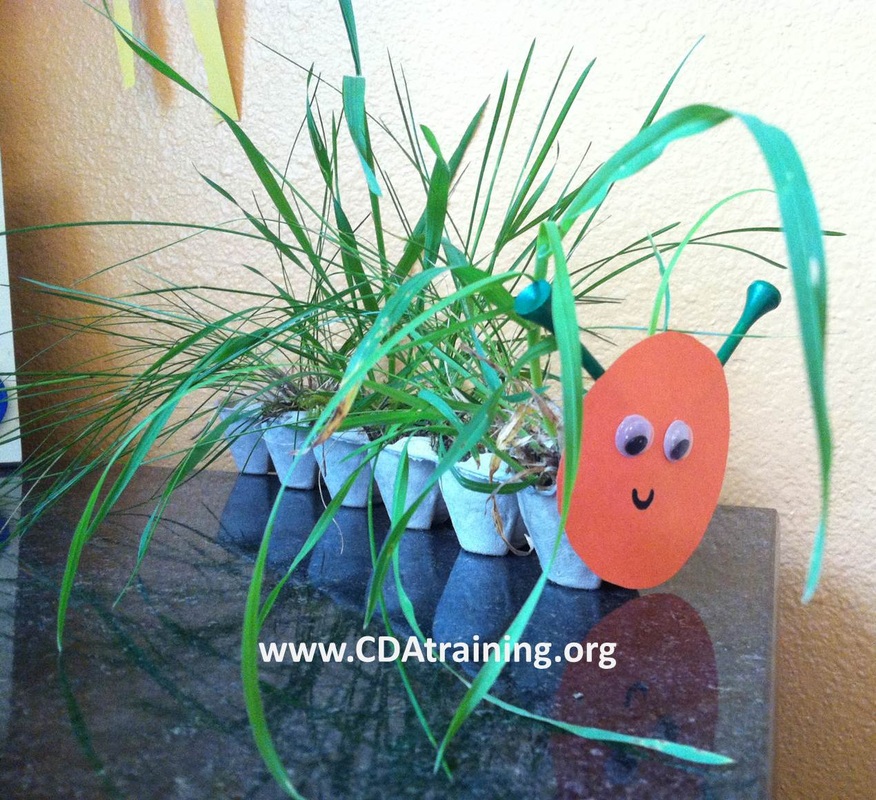
Check out these amazing Walking Mountains approved at home crafts:
Paper Plate Weaving
Great to practice fine motor skills
Make Earth Day Crayons
Bringing together science and recycling
Earth Day Play Dough Activity
Create and explore
Easy at Home Slime
Ingredients:
- 1 cup school glue
- 2 tablespoons contact solution
- 1/4 cup water
- 1 teaspoon baking soda
- Food coloring (if desired)
- Glitter (if desired)
Steps:
- Pour glue in mixing bowl
- Add baking soda and water to mixing bowl and stir thoroughly
- Add food coloring, glitter, or other add ins here and stir
- Mix in the contact solution
- Mix until the slime begins to form, if necessary knead it by hand until the desirable consistency is formed
Guardians, use these questions as your little ones are making their slime and playing with it!
- What does it feel like? (cool, soft, squishy etc)
- What does it look like?
- What do you think will happen if you stretch the slime really far?
- What do you think will happen to the slime if you put it in water? (sink or float, test this one out!)
- What does it remind you of in nature?
Fizzy Rainbow Recipe
Ingredients:
- Baking soda
- White distilled vinegar
- Food coloring
- Baking sheet or similar container
- Squeeze bottles or similar container (pipettes would work too)
Steps:
- Layer baking soda onto baking sheet
- Fill squeeze bottles with vinegar and add desired food coloring
- Squeeze bottles onto the baking soda and make your art!
Guardians, use these questions as your little ones are playing with the fizzy rainbows!
- What sound can you hear?
- What do you think will happen if you mix one color with another color?
- What does it smell like?
- What happens to the baking soda when you add the vinegar?
- Ask kids if they can use certain colors to draw certain shapes
How is a bird special?
Birds lay eggs, but so do other kinds of animals, such as:
reptiles,
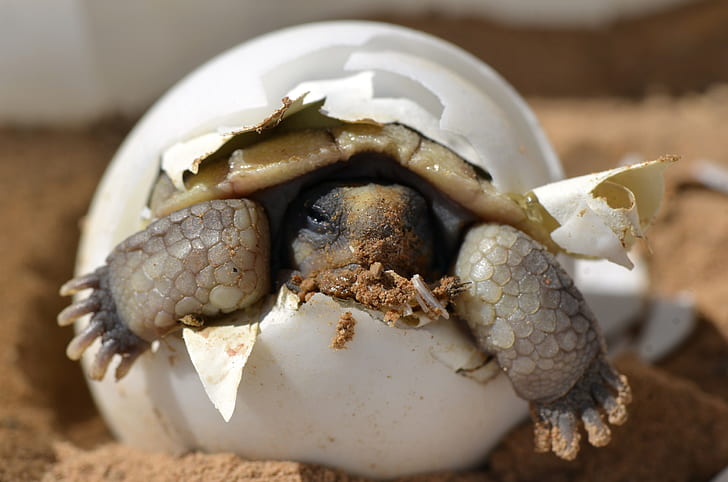
amphibians,
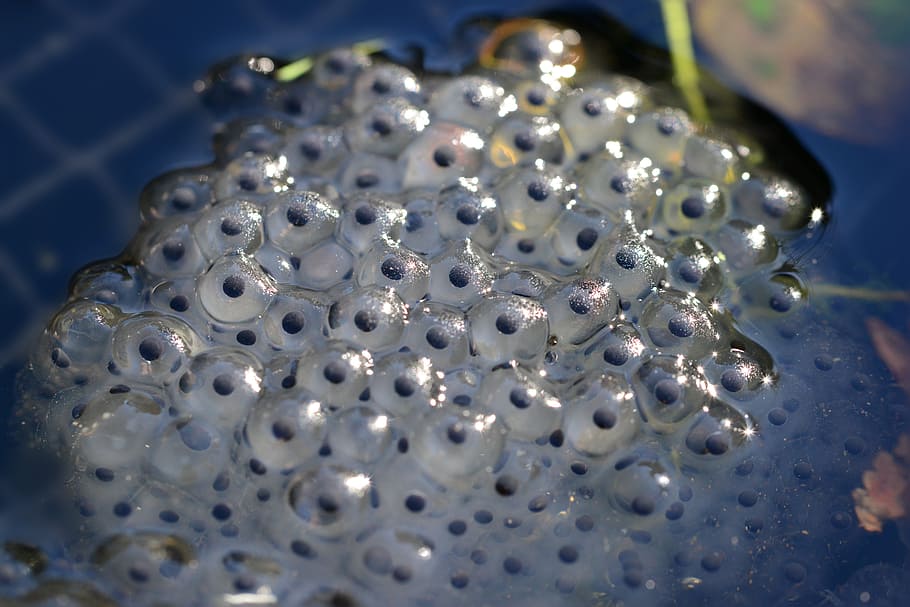
Insects,
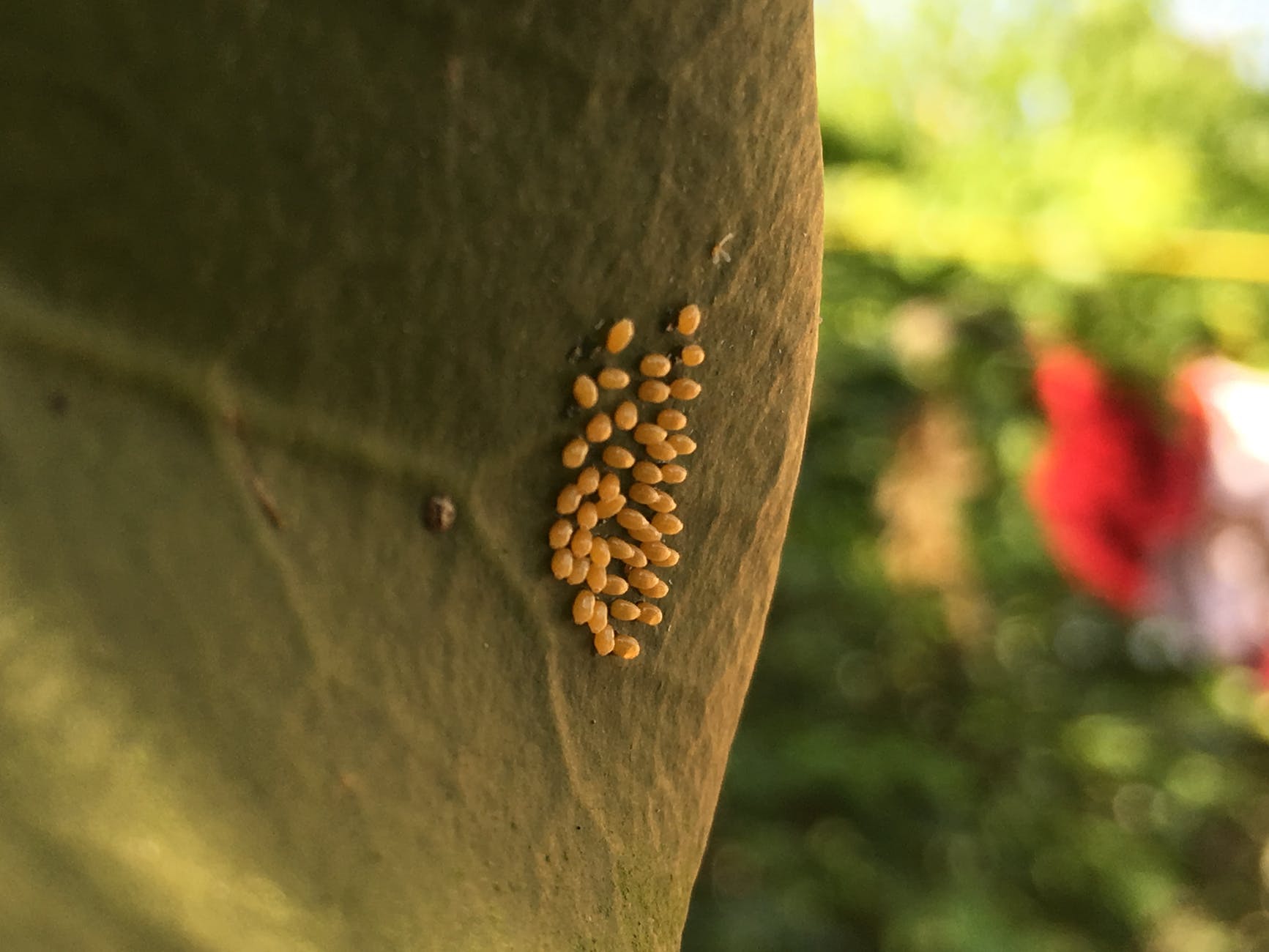
and fish.
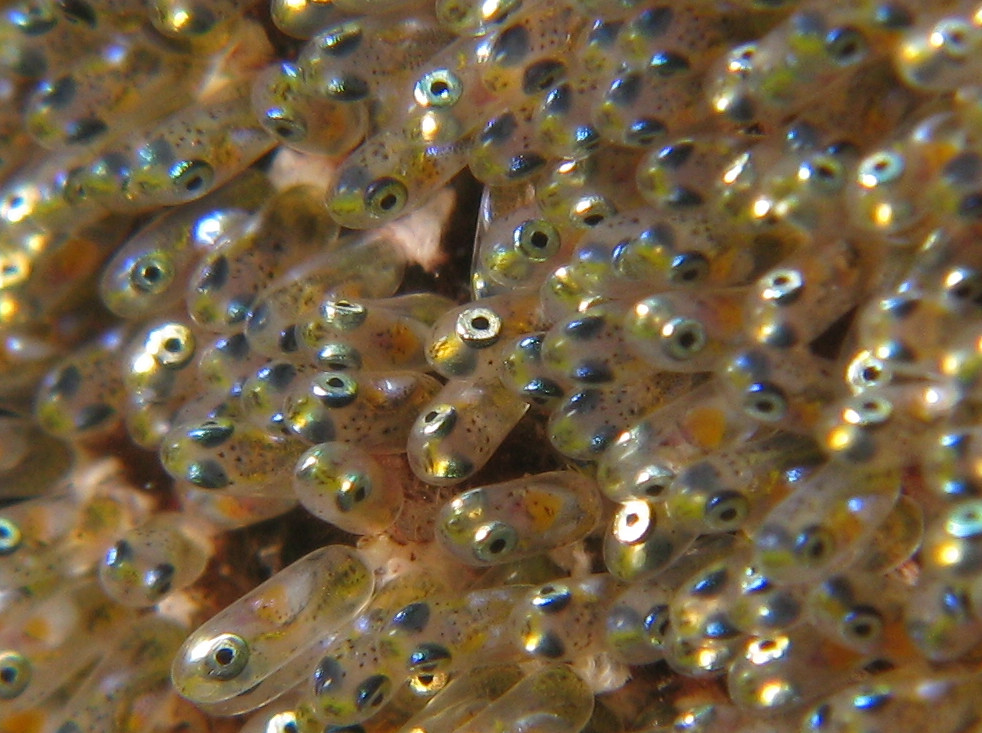
Birds have wings, but so do:
insects,

and bats.
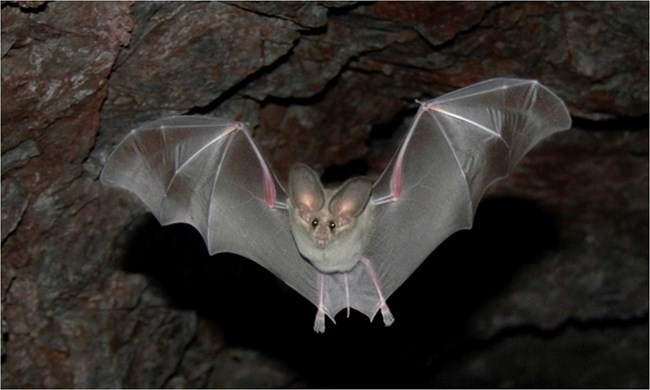
Birds have beaks, but so do:
turtles,
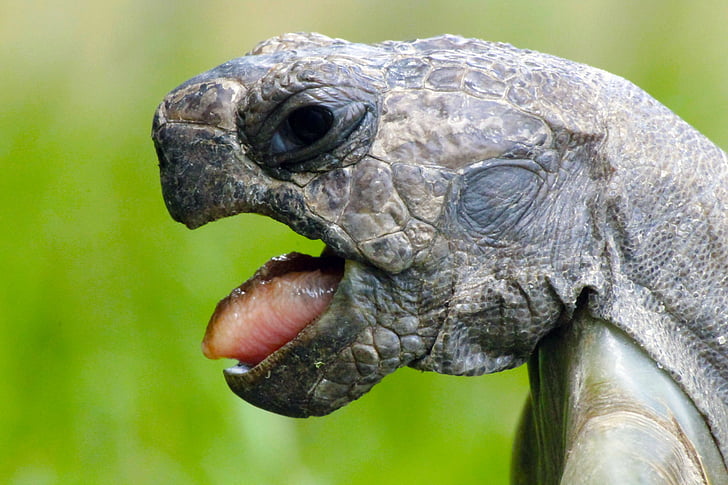
and the duck-billed platypus.
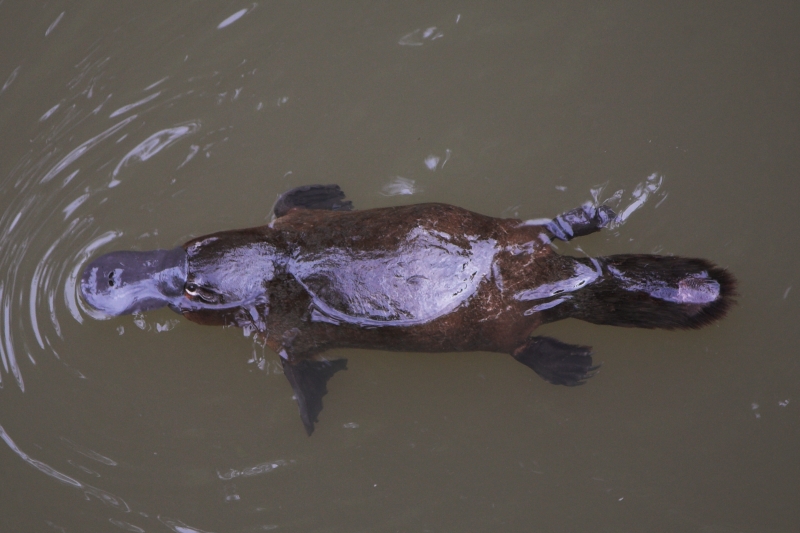
So what makes birds so special? FEATHERS! Only birds have feathers.
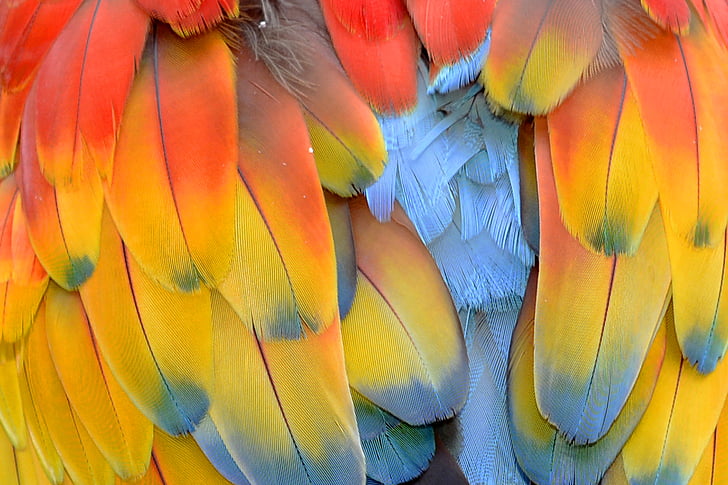
Feathers help a bird fly, protect it from the heat and the cold, give it color, protect it from predators, and help it communicate (talk to other animals).
WATCH: Watch this hummingbird display its beautiful feathers:
https://academy.allaboutbirds.org/iridescence-revealed-in-the-feathers-of-an-annas-hummingbird/
WATCH: Some birds use feathers to hide, or camouflage:
https://academy.allaboutbirds.org/eastern-screech-owl-camouflage/ (1:58)
READ ALONG:
An Egg Is Quiet (Science Read-Aloud From Between the Lions)
This fun read-aloud teaches students about the structure and characteristics of eggs and shows how creatures develop inside the eggs and eventually hatch. The video segment is a great resource for introducing science concepts, plus it supports text comprehension and vocabulary development.
WATCH: Birds of a Feather (From Wild Kratts)
These clips from Wild Kratts teach about how pigeon moms feed their young and how peregrine falcons fly.
WATCH: This video shows you the many kinds of bird beaks, and how they are used to eat different things.
WATCH:
DO AT HOME: The whole family can go through this All About Feathers interactive webpage from the Cornell Lab of Ornithology (advanced).
EXPERIMENT:
Use water, paper, and baby oil to learn how a duck’s feathers stay dry in the water.
DO AT HOME: Make Wings: Make flying “birds” (make paper airplanes and decorate them to look like birds). Help children to make different wing types, some with rounded edges and some with pointed edges. After making the birds, launch your “flock” outside or in a large room. Observe variations in flight: how far each bird flies, its flight pattern, how long it stays up, etc.
WATCH: Watch real birds, live in real time: CLICK HERE
WATCH: Build a bird nest: CLICK HERE
Try to identify animals based of three crucial clues. Click the link to play the game!
Open the document for at home fun of growing your own garden!
Check out this super fun Spring Scavenger Hunt that comes with activities and projects!
Signs of Spring Scavenger Hunt
Go on a Scavenger Hunt for Nature in and around your home.
Nature in Your Home Scavenger Hunt
Learn at home about germs and hand-washing– including a fun experiment!
Have fun with bubbles at home! Click the link for activities and bubble art.
Do you like bugs? Want to learn more? Come explore with our Bugs Lesson. Click the link for at home fun!
What is water?
Water is in our bodies.
Its lakes, rivers, ponds and streams.
Rain is water that falls from the clouds. Snow is water that is frozen.
We drink water and when its frozen it makes ice.
We use water to take a bath and clean our bodies.
How else do we use water?
Have you ever noticed that when you re playing in the bathtub some toys float on the top of the water and others sink to the bottom of the tub?
Lets see what else we can find that sinks or floats.
On your next neighborhood walk with you family collect a few items that you would like to see if they sink or float. When you return home, you can make predictions (the fancy scientist word for guess) if each item will sink or float in water. Have a caregiver help you get a bowl or basin of water to place your items in to conduct your experiment!
You can draw a chart to show your predictions and results!
Why do you think some items sink and some float in water?
Most of the time the items that are heavier will sink to the bottom. Items that have air in them are more buoyant, which means they float!
Here is a video of Grover doing a few experiments with his friends!
He shows us a sink or float experiment!
Here are some other science experiments you can try:
Ryan shows us how water can travel and creates a rainbow!
Here are 3 more experiments to conduct with the help of an adult!
Do you love butterflies? Learn more about them in this fun lesson!
